11 must-try Korean dishes
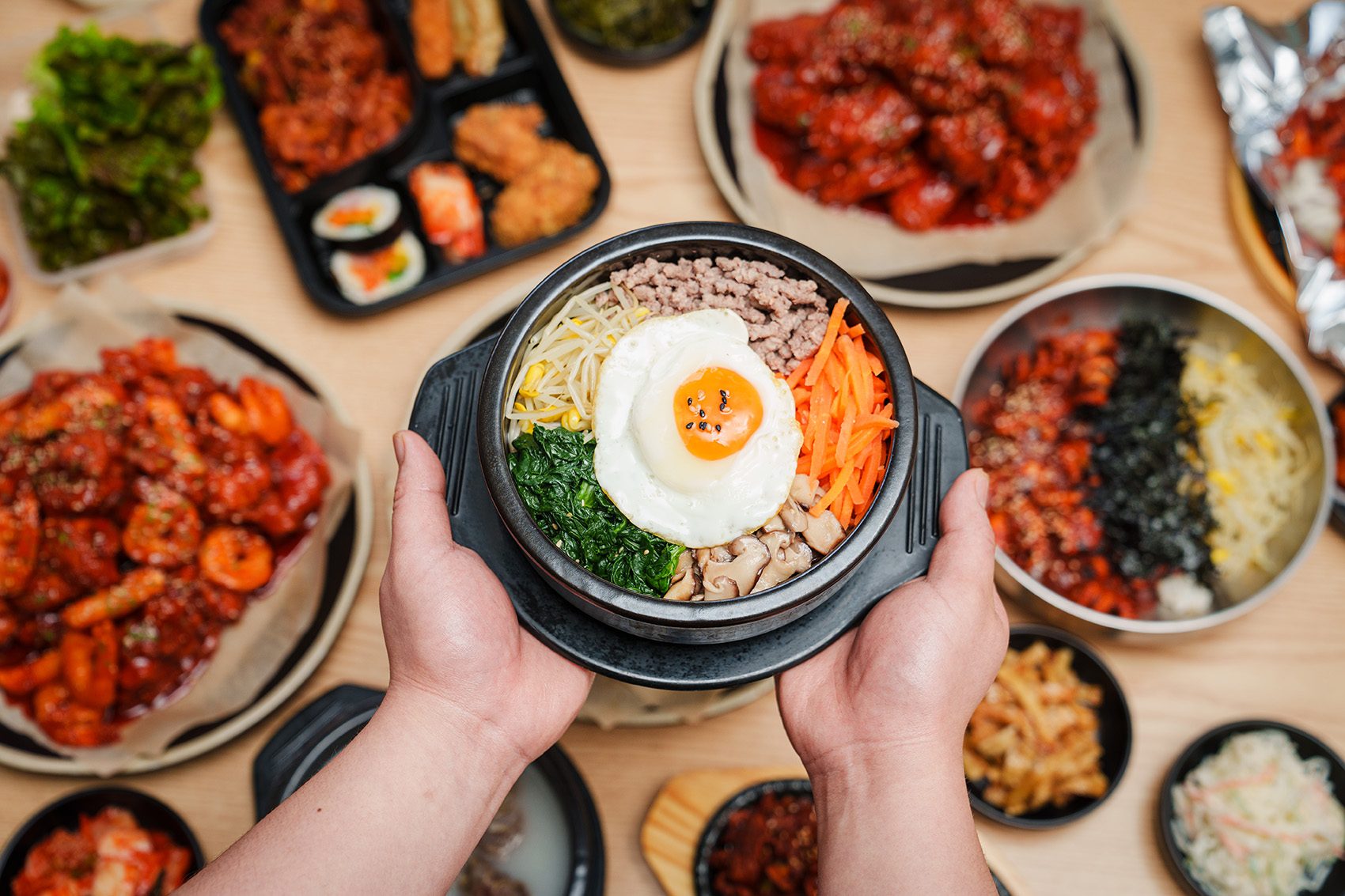
Chewy rice cakes drenched in a sweet and spicy sauce; crunchy yet tender fried chicken coated in a glistening sticky glaze; a colourful medley of vegetables tossed with glossy noodles and fiery fermented vegetables, bursting with umami. No longer known solely for its kimchi, Korean food is taking the world by storm.
Here are some of the best dishes to seek out in the bustling markets of Seoul, the fine-dining restaurants of Busan – or your local Koreatown.

Credit: Thai Liang Lim/Getty Images

Credit: Amornlukkana Srimukda/Getty Images
Bibimbap (Korean mixed rice)
As flavourful as it is colourful, this warm, savoury dish comes in a variety of options according to your preferences. Generally, however, a bowl of bibimbap (which translates to “mixed rice”) comprises fresh, seasoned vegetables, diced meat and fried kelp. These ingredients are decoratively placed on a bed of rice and served with a dollop of gochujang (red pepper paste) – combine them before you have a taste, and you’ll discover why it’s one of the most popular Korean dishes both locally and globally.
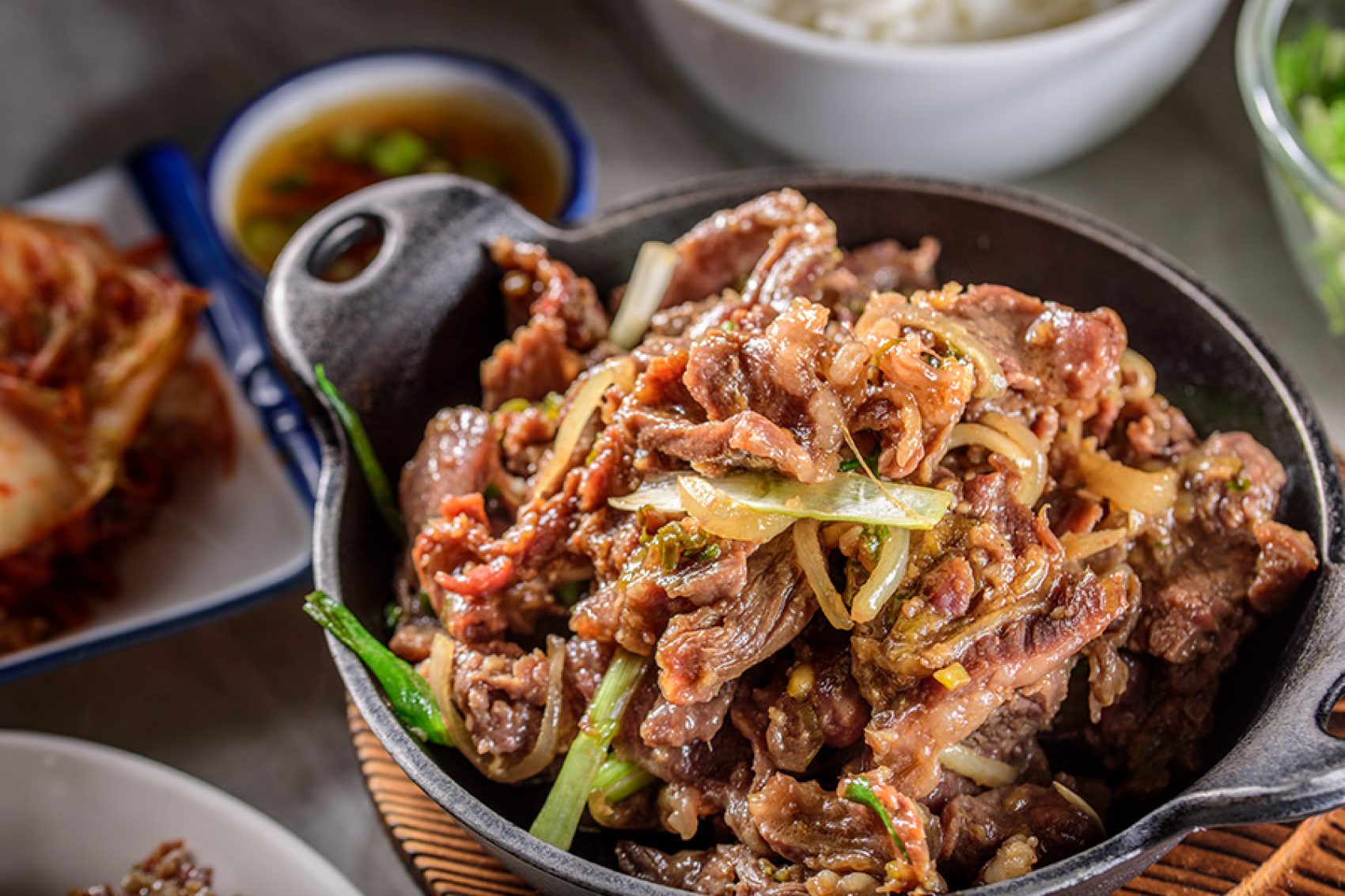
Credit: 4kodiak/Getty Images
Bulgogi (thinly sliced marinated meat)
This gui – or grilled dish – is made from thin slices of beef, chicken or pork. The meat is marinated in a mixture of sesame oil, soy sauce, honey, garlic, ginger, pear and spicy gochujang, then grilled. Often served with rice to soak up the sweet gravy, it pairs wonderfully with a glass or two of soju.

Credit: ken6345 / Getty Images
Kimchi jjigae (kimchi stew)
An all-time favourite homecooked meal for Koreans, this hearty stew is the perfect comfort food. It’s prepared with sour kimchi and generous helpings of pork belly, beef, canned tuna or luncheon meat, which give it a rich, full-bodied flavour. Said to symbolise the bond between friends and family – known in Korean as Jeong – this stew is commonly made at home, though can also be found at many restaurants.
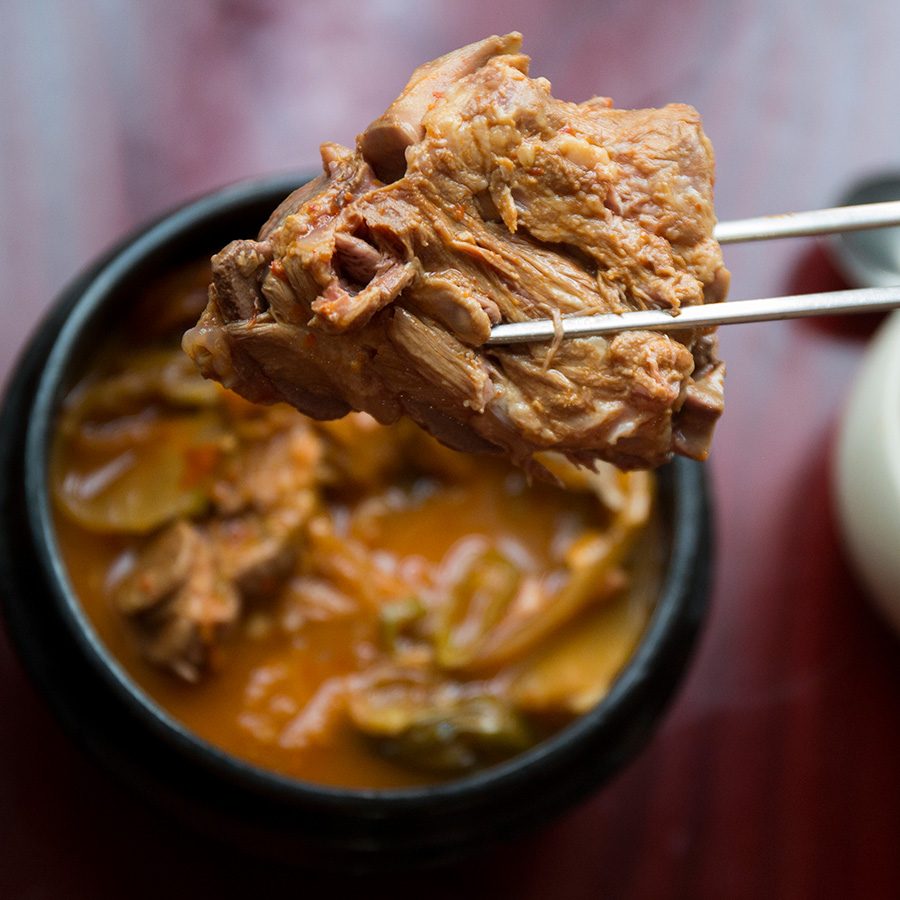
Credit: GEOLEE/Getty Images

Credit: hot8030/Getty Images
Galbijjim (braised short ribs)
Galbijjim is a traditional Korean braised short rib dish served on special occasions. In Korean households, you'll often find it on the table at family gatherings or on national holidays such as New Year’s Day or Chuseok (South Korean mid-autumn harvest festival). The pork or beef short ribs are steamed in a well-seasoned soy sauce along with a variety of vegetables. The meat is prepared in a large pot, and cooked until it becomes tender enough to fall off the bone.

Credit: daecheol/Getty Images
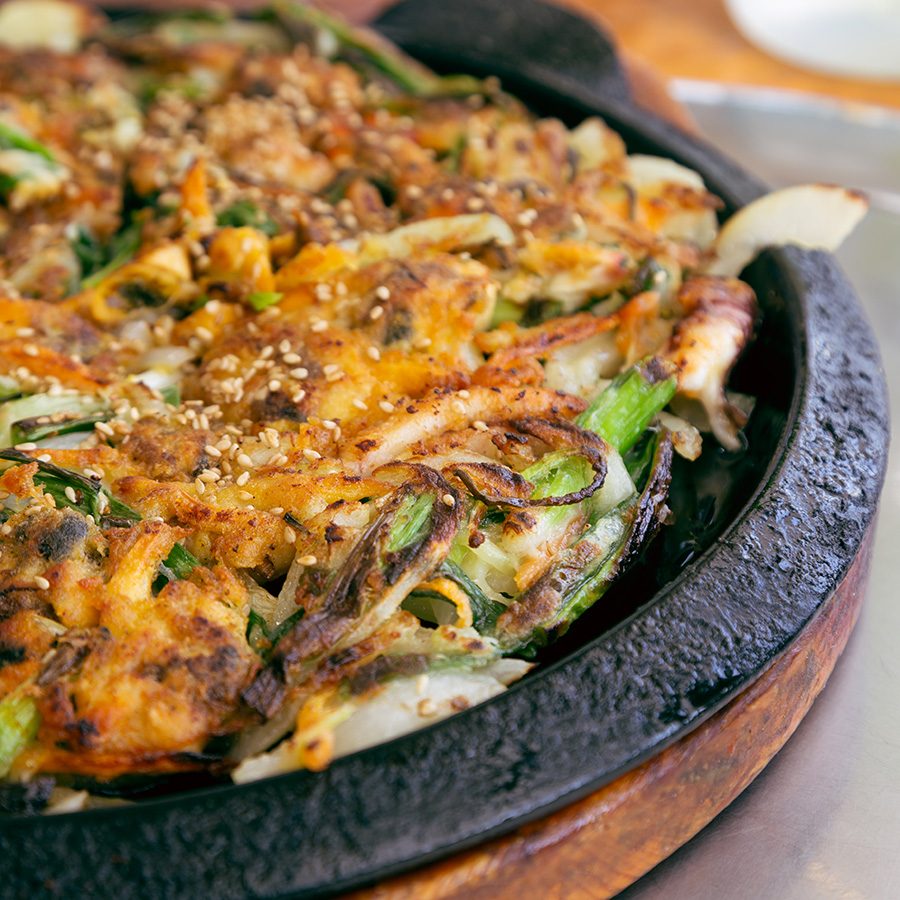
Credit: Sanga Park/Getty Images
Haemul pajeon (seafood pancake)
On rainy days across South Korea, you’ll find locals crammed into traditional pancake shops feasting on haemul pajeon (seafood pancakes); the seafood and chive batter sizzling away in harmony with the pitter-pattering of the rain outside. If you’re not a fan of seafood, you’ll be pleased to know that there’s a kimchi and potato version available. Wash the pancake down with a kettle of makgeolli (rice wine) or soju for an authentic Korean experience.

Credit: The Washington Post/Getty Images

Credit: RunPhoto/Getty Images
Japchae (stir-fried glass noodles with mixed vegetables)
Though the name Japchae literally translates to “mixed vegetables”, it’s widely known as a glass noodle dish. Colourful vegetables are stir-fried with vermicelli noodles and generous lashings of soy sauce. Because of its vibrant, lustrous appearance, japchae is often served as part of a bountiful feast for various special occasions.
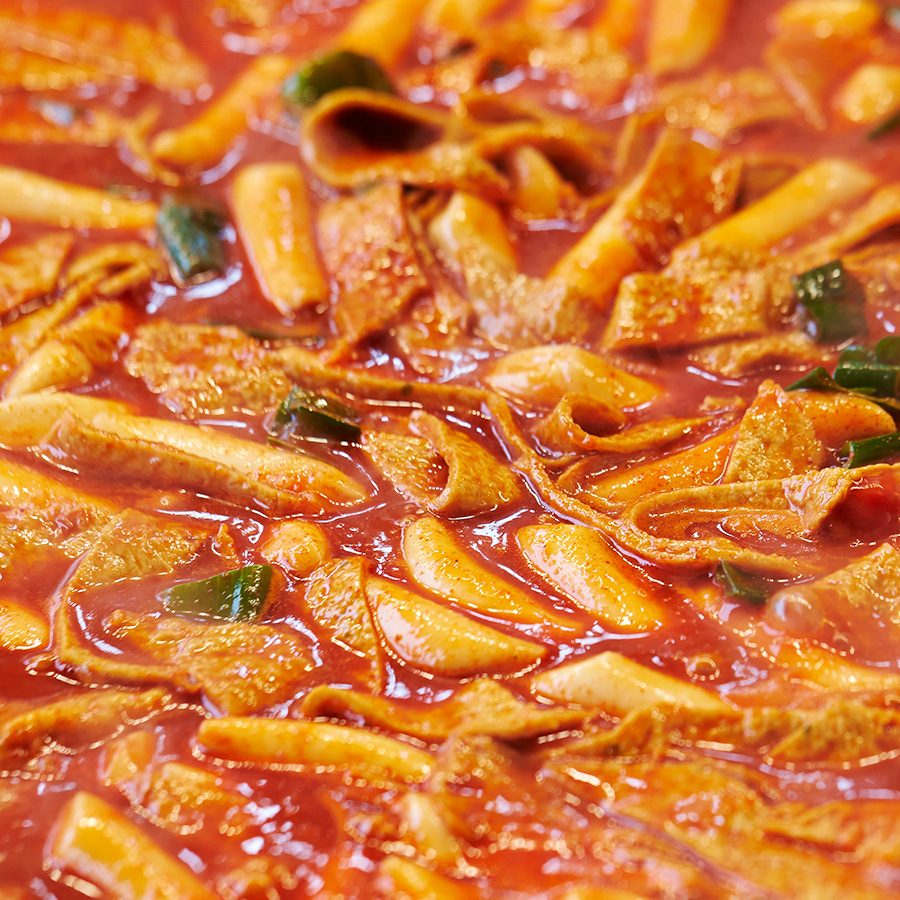
Credit: ma-no/Getty Images
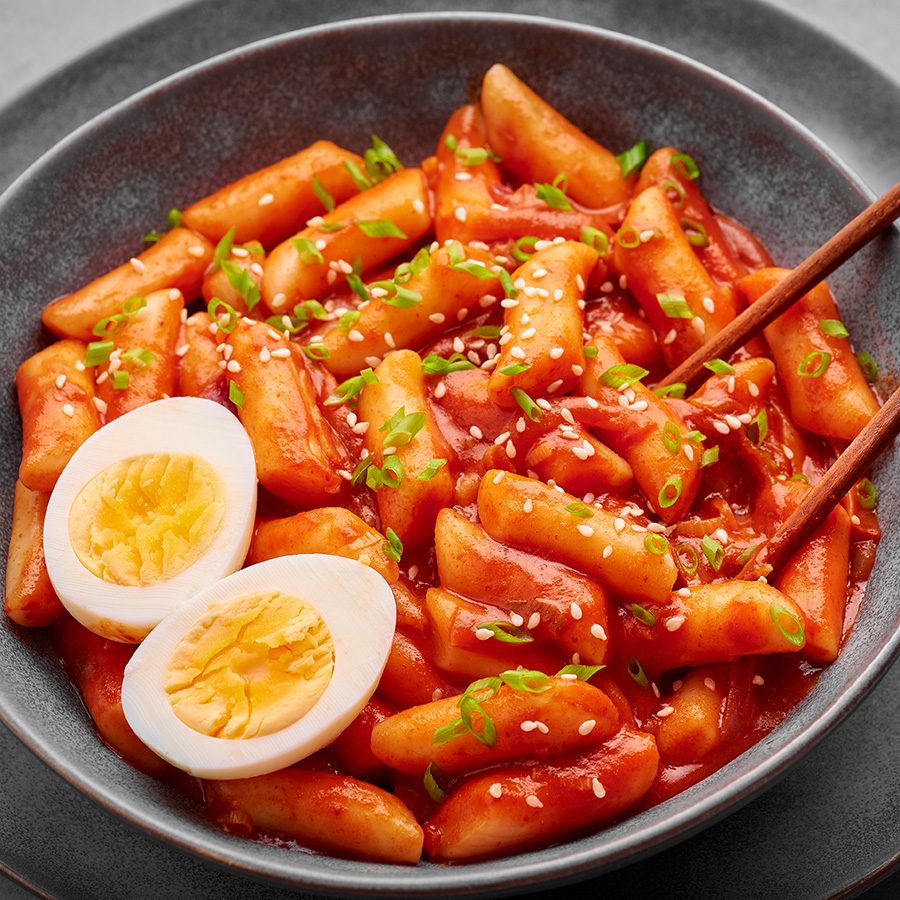
Credit: Andrei Kravtsov/Getty Images
Tteokbokki (spicy stir-fried rice cakes)
Perhaps the most beloved Korean street food by locals and travellers alike, tteokbokki was once a royal court dish. The popularity of these hot and spicy rice cakes soared in the 1970s, when a chef replaced the original soy sauce with a red pepper paste and added ingredients such as cabbage and fish skin to the sauce. Today, it’s served piping hot from streetside stalls – the perfect grab-and-go snack.

Credit: Johnnieshin/Getty Images
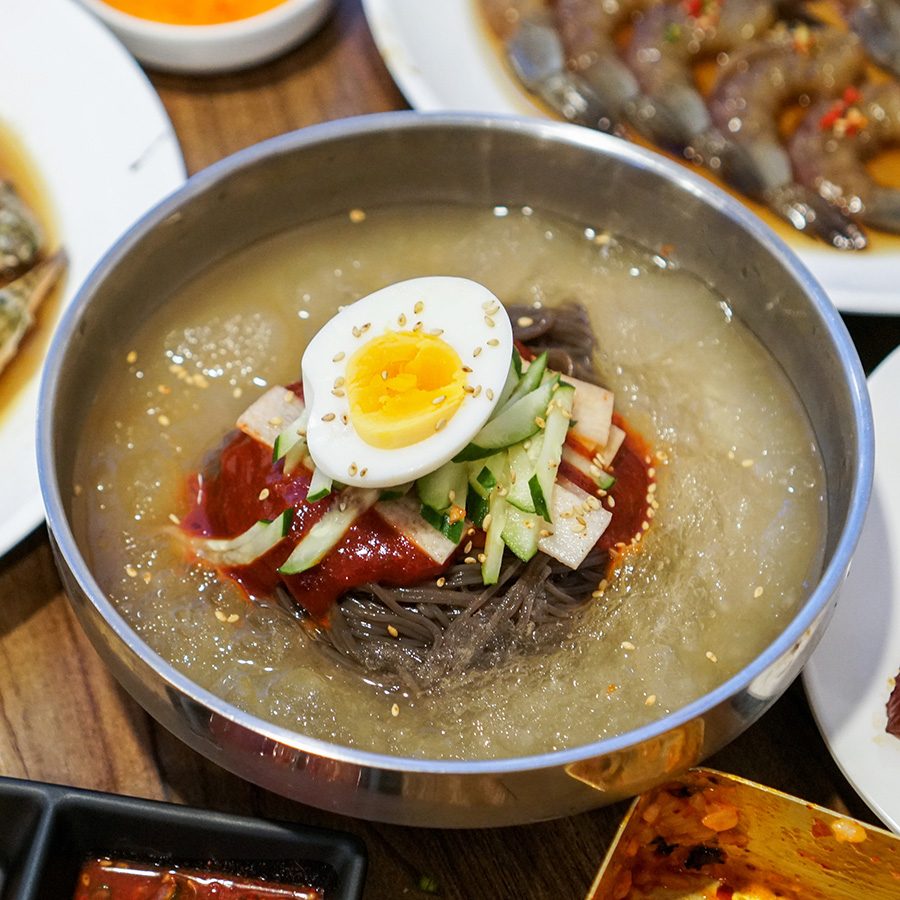
Credit: Swanya Charoonwatana/Getty Images
Naengmyeon (cold buckwheat noodles)
Ice-cold bowls of naengmyeon were historically eaten during the harsh winters in the northern Korean peninsula, when the only food sources available were potatoes and buckwheat. The dish nowadays is celebrated as a refreshing summer treat, topped with slices of boiled meat, cucumber, radish slices and boiled egg. For an extra kick, add a dash of vinegar, blob of mustard or a healthy spoonful of red pepper marinade.
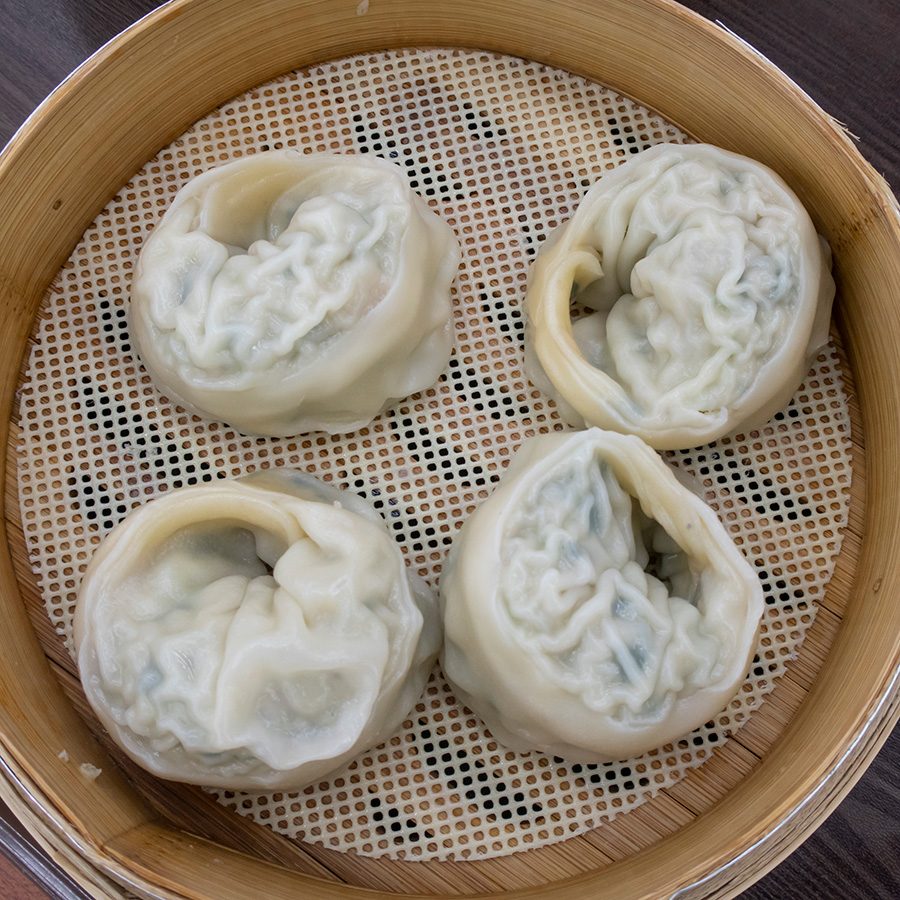
Credit: bong hyunjung/Getty Images

Credit: bhofack2/Getty Images
Mandu (Korean dumplings)
Dumplings are a fixture in Asia – and Korea is no different. You’ll find mandu available from streetside stalls or piled upon plates at local restaurants. Fillings vary according to seasons: in the winter, a mix of tofu, kimchi and meat is common to warm up your body; while in the summer, meat, shiitake mushrooms and cucumber slices keep things fresh.

Credit: Thai Liang Lim/Getty Images
Maekom-dak gangjeong (sweet and sour Korean fried chicken)
Along with K-pop and melodramatic soap operas, fried chicken is one of South Korea’s most beloved cultural exports. Locals love it as a late-night snack alongside a cold beer (a combination known as chimaek). There are many flavour combinations, but maekom-dak gangjeong – Korean fried chicken seasoned with sweet and spicy red pepper paste and soy sauce – is a favourite. It’s common to enjoy cubed radishes pickled with sugar, vinegar and water as a refreshing side dish.
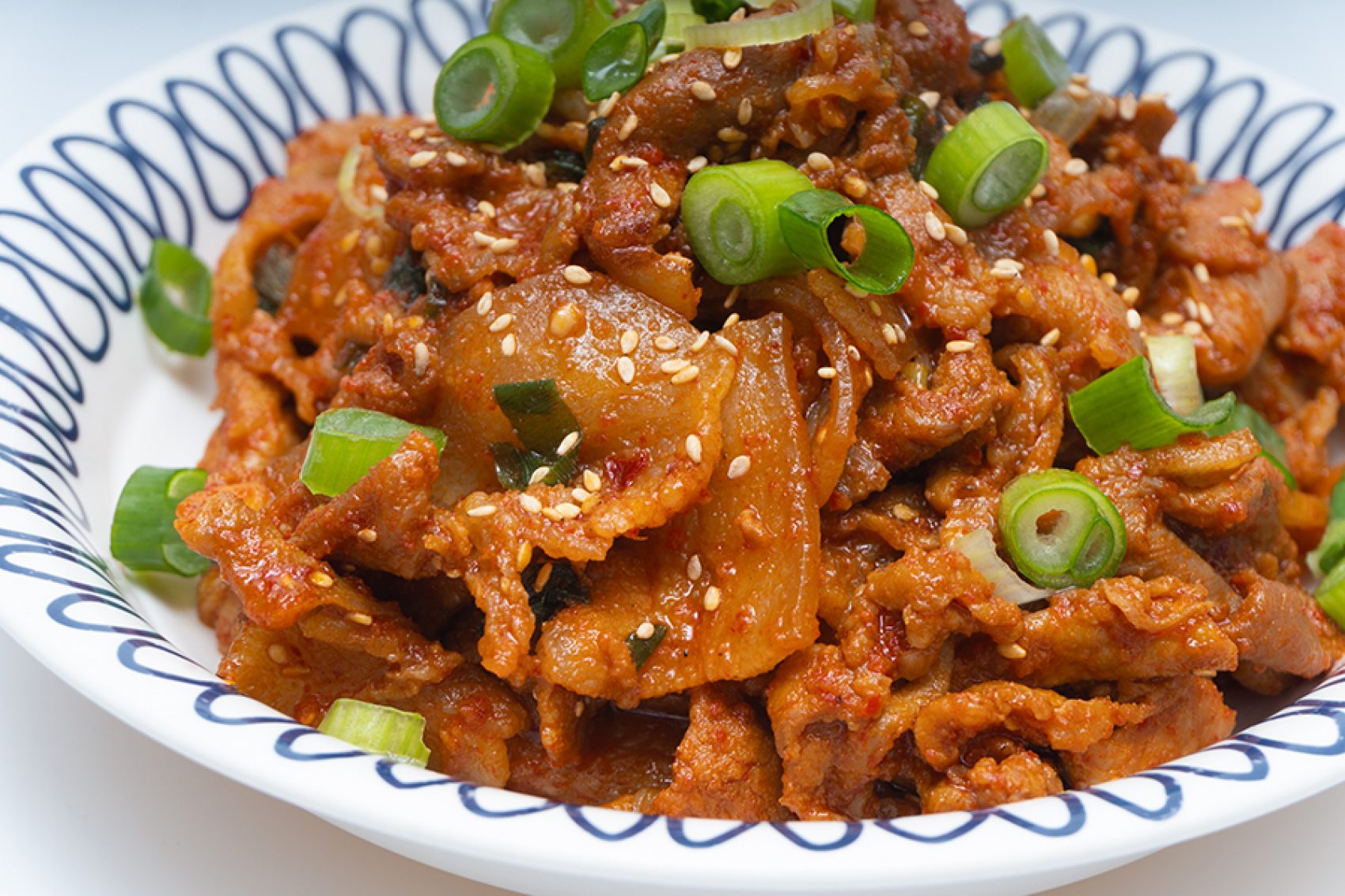
Credit: HYEJIN LEE/Getty Images
Jaeyook bokkeum (spicy stir-fried pork)
This dish of stir-fried pork neck, marinated in sweet and spicy red pepper and ginger marinade, is affectionately known as “rice thief' among Koreans – its deliciously rich flavour pairs so perfectly with steaming bowls of rice that you won’t be able to say no to seconds. A medley of sweet and savoury, the gravy is stir-fried with green onion and pork to create a dish that’s ubiquitous throughout Korea (and in fine Korean restaurants around the world).
This story was originally published in June 2019 and updated in October 2024.
More inspiration
- China – the Chinese Mainland, Hong Kong SAR, Macao SAR and Taiwan Region
- Hong Kong SAR - English
- Chinese Mainland (China) - English
- Taiwan China - English
- 香港特別行政區 - 繁體中文
- 中国內地 - 简体中文
- 中國台灣 - 繁體中文
- Africa
- South Africa - English
- Asia
- Bangladesh - English
- Korea - English
- Singapore - English
- Cambodia - English
- 한국 - 한국어
- Sri Lanka - English
- India - English
- Malaysia - English
- Thailand - English
- Indonesia - English
- Maldives - English
- ประเทศไทย - ภาษาไทย
- Indonesia - Bahasa Indonesia
- Myanmar - English
- Vietnam - English
- Japan - English
- Nepal - English
- Việt Nam - tiếng Việt
- 日本 - 日本語
- Philippines - English
- Australasia
- Australia - English
- New Zealand - English





.renditionimage.450.450.jpg)

